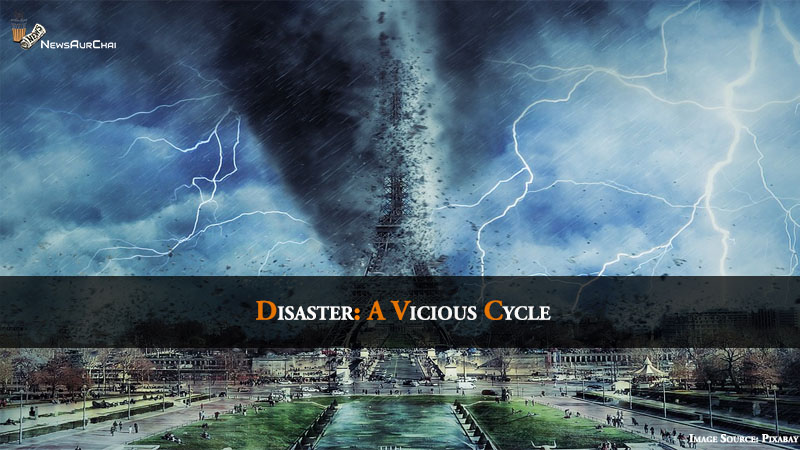International Day for Disaster Risk Reduction was established in the year 1989, after a proposal by the United Nations General Assembly for a day to encourage a global culture of risk-awareness and disaster reduction. Every year 13 October, marks how people and communities around the world are reducing their vulnerability to disasters and boosting awareness about the significance of reining in the risks that they face.
The theme for 2019 is, Reduce disaster damage to critical infrastructure and disruption of essential services.
Disasters in India
Being a coastal country, India is more prone to various kinds of misfortune. Among the worst disasters which occurred in India; cyclones such as the 1839 India Cyclone, the 1737 Calcutta Cyclone, and the 1999 Odisha Cyclone are the most notable. The Calcutta Cyclone and India Cyclone each claimed lives of 300,000 Indians.
Currently, monsoon is like a dangerous season for people across India. The death toll just increases by the pass of every year, and the government seems clueless regarding what has to be done. Is it actually the truth?
The government does not take the necessary precautions and actions. We can say that most of the current natural disasters are human-made. You might ask HOW?
Well, if you take the case of Kerala, for the past two years, people see monsoon as a dreadful season. You might say that floods are a natural disaster. However, it has a different side to it. Curious to know? Let me give a brief about the same.
In the year 2011, a commission was set up to study about the Western Ghats; environmental sensitivity and Geospatial database. This commission was known as the Gadgil Commission/ Western Ghats Ecology Expert Panel (WGEEP). The study was lead by the chairman, Madhav Gadgil, who was an environmental research commission appointed by the Ministry of Environment and Forests of India. However, this report was criticised as it was said to be more environmentally friendly. Moreover, people criticised it by saying that it was made without taking into consideration of the reality.
The fact behind such accuses was that there were illegal rock mining which was happening in the Western Ghats, and that made the soil weak. Thus during monsoon in the hilly areas soil erosion is a constant threat. It appears that these illegal mining groups with the power of money were showing protest against the report presented by the commission.
Next, one is a recent example of Patna Flood; the underlying issue which caused the flood was an inadequate drainage system within the city. Furthermore, the available drainages were filled with plastic wastes which blocked the flow of water. Here we can say that both the government, as well as the citizens, are equally responsible. For the rainwater to flow a proper drainage system should be built, and this was lacking in the city. Furthermore, in the ones that were already made was filled with plastic wastes as people had dumped trash and other non-degradable debris in it. So who else should be blamed?
These are just two instances which happened in recent time within our country. You might have understood that these are not natural disasters. These are human-made, cruel treatment towards mother nature lead to such a drastic outcome.
Most of the natural calamities/disasters, if you ask me which occur, are human-made. Not just in India, but outside our country as well. We cause an imbalance in the functioning of nature, which ultimately leads to such disasters. You might ask me, are these calamities and disaster all human-made? Not actually, some are natural phenomena, but we are the cause of most of the hazards.
What can we do to stop disasters in future?
Treat the earth–the land we live correctly. Stop the use of things, stop activities that cause imbalance for our nature. Live more close to nature, as we go far away from it by destroying it for materialistic wants; environment would react to it, creating disasters. Teach our future generations some ethical values to protect and conserve our nature. As the say goes, “Prevention is better than cure,” let’s do our part in trying to reduce the hazards to the maximum, by not being the primary cause for it.
